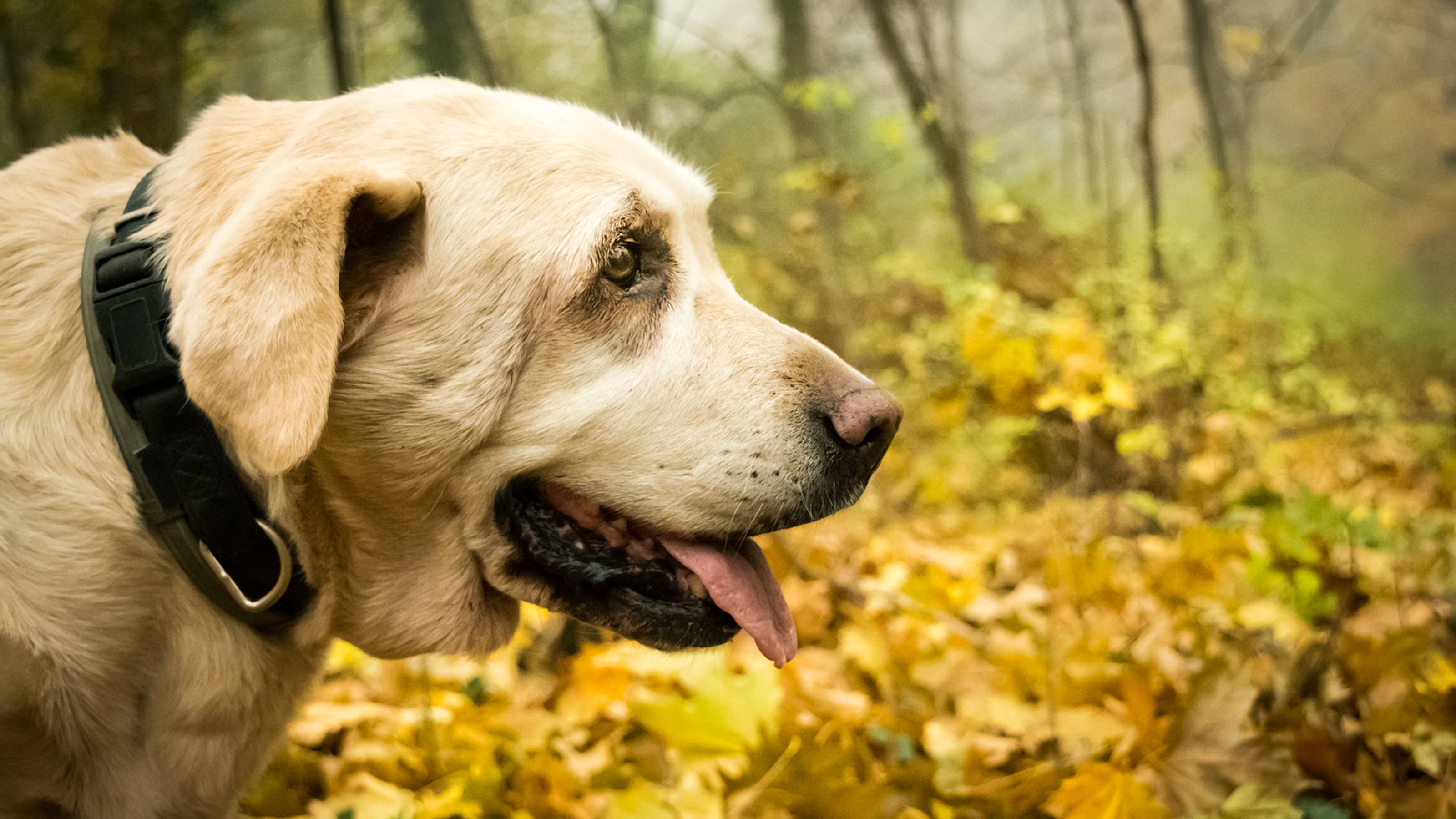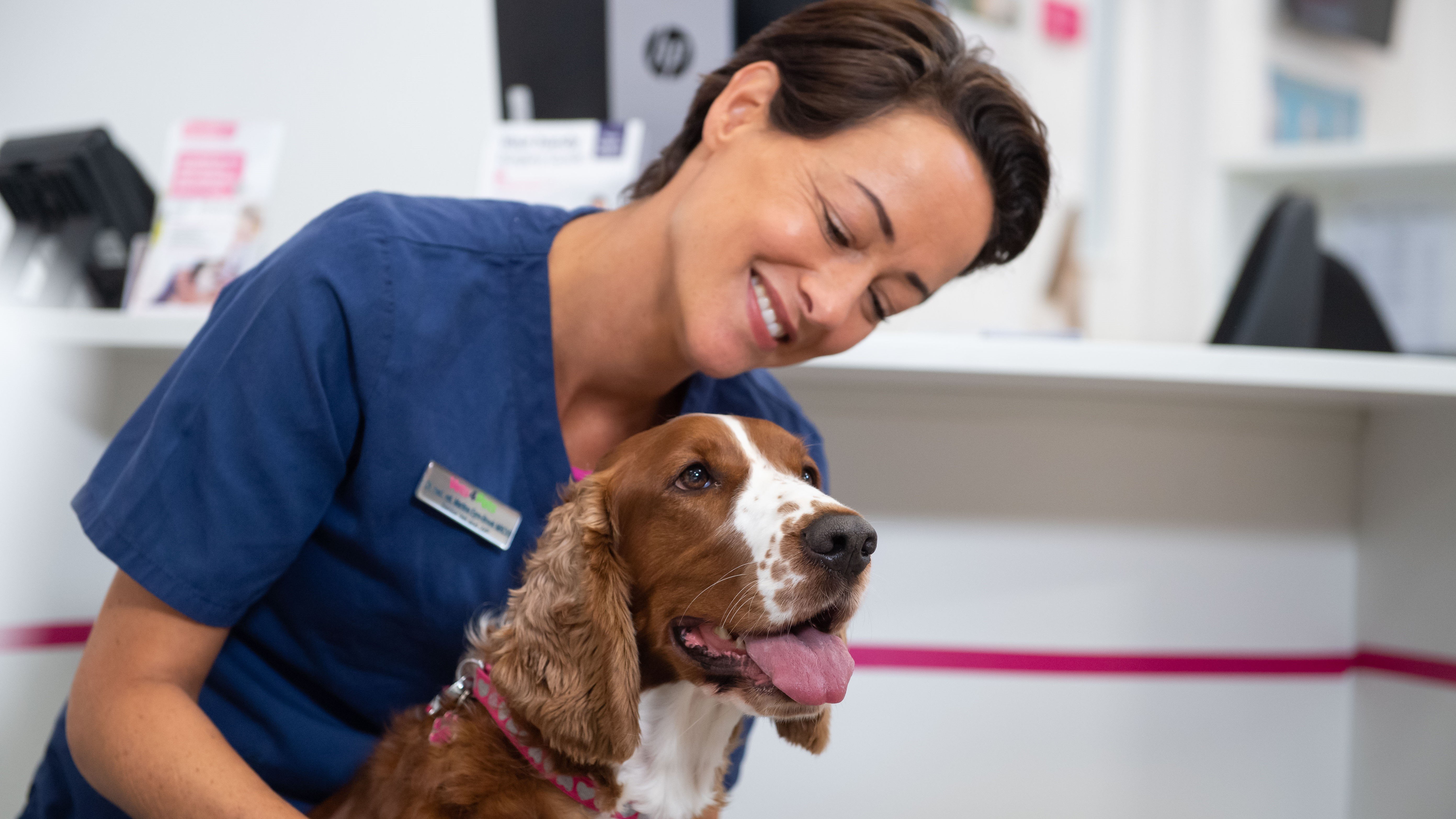
Dog Glaucoma Advice & Care
Any dog can develop secondary glaucoma as an effect of a primary eye problem
Glaucoma occurs when the pressure inside the eye increases past normal. This happens because the normal drainage of fluid from within the eye is reduced.
This fluid is there to keep the eye inflated, and normally is produced and drained at a constant rate. The drainage can be blocked by a defect in the structure of the eye, or by another eye problem which then impacts on the drainage.
The primary eye problems that can lead to secondary glaucoma include inflammation or movement of the lens within the eye.
Book an appointmentMore about glaucoma
Any dog can develop secondary glaucoma as an effect of a primary eye problem.
Primary glaucoma, where the structures associated with the drainage of the eye are abnormal, is often inherited.
This means that some breeds are more at risk. These include:
- Cocker spaniels
- Basset hounds
- Border collies
- Siberian huskies
- Flat coat retrievers
- Great Danes
Often dogs with inherited glaucoma get signs in both eyes through the course of their life. This is not preventable but medication may be able to slow the onset of signs in the second eye.
Glaucoma is very painful. This means affected dogs are often quiet and not themselves. The eye is often cloudy and blue-tinged, sore and there may also be reddening. As pressure increases the optic nerve is damaged, meaning sight in affected eyes is usually reduced or lost completely.
 The eye may also look large, but the increase in pressure may not be directly visible. Your vet may use a specialist tool called a tonometer to measure the pressure in your dog’s eye – this is not painful but can feel a little strange for your dog as it has to be pressed gently onto the eye surface.
The eye may also look large, but the increase in pressure may not be directly visible. Your vet may use a specialist tool called a tonometer to measure the pressure in your dog’s eye – this is not painful but can feel a little strange for your dog as it has to be pressed gently onto the eye surface.
There are some options for managing glaucoma depending on the severity and the underlying cause.
For secondary glaucoma, where the increased pressure is caused by a separate primary eye problem, treating the underlying cause can be enough to resolve the glaucoma.
In patients where this isn’t the case the aim of treatment is to try and relieve the pressure and the pain.
- Medication can be given to reduce fluid production within the eye
- Medication can be given to improvefluid drainage from the eye
- Surgical implants can be placed to drain the affected eye (this is specialised surgery which would usually require referral)
It’s important to note that while medication can often slow the development of glaucoma it may be impossible to control the pressure within the eye in the long- or even short-term.
In these cases, as glaucoma is so painful, removal of the eye may be the best way to help the affected dog be pain free. Although this can seem dramatic it is actually much better for them to be comfortable and dogs adapt quickly to losing one or even both eyes.
Health Plans to keep your dog healthy
At Vets4Pets we offer a range of Health Plans that make essential routine treatments more affordable. You'll save money on things like annual vaccinations, flea and worm treatment and routine health check-ups.

Dog Advice
Read more of our expert dog advice to keep your dog happy and healthy.
